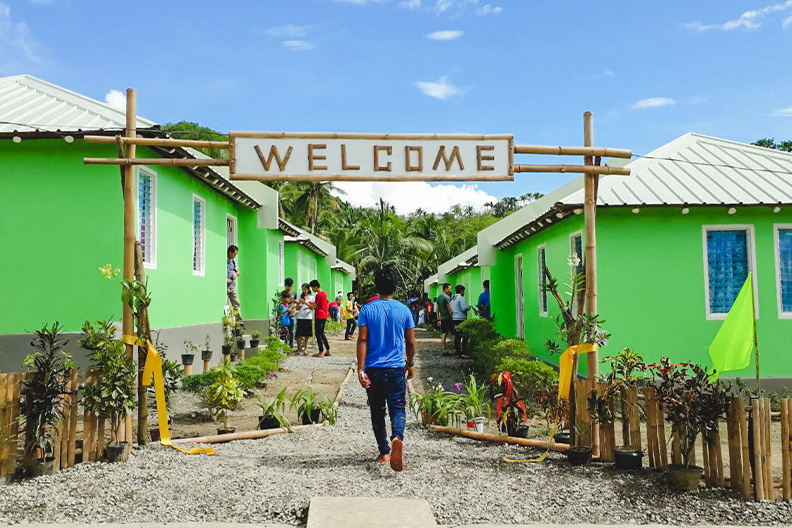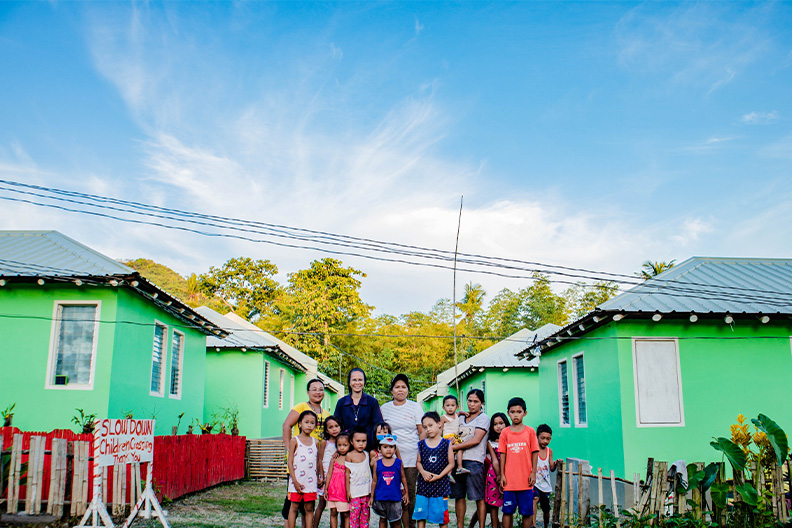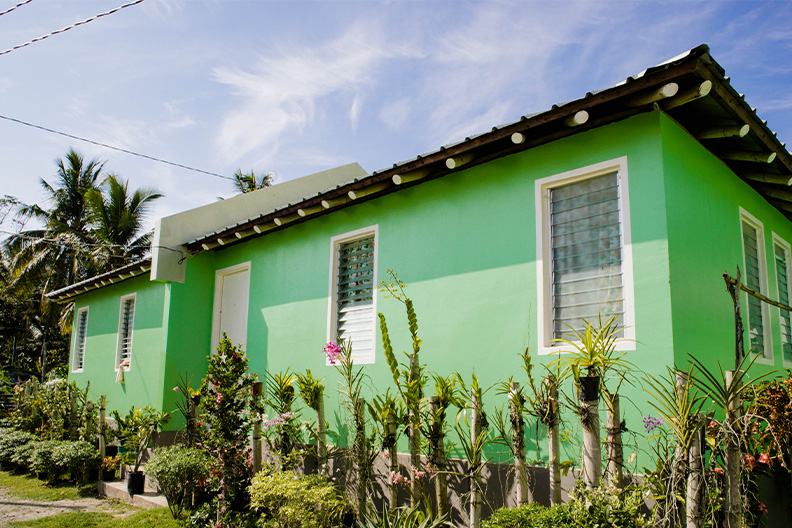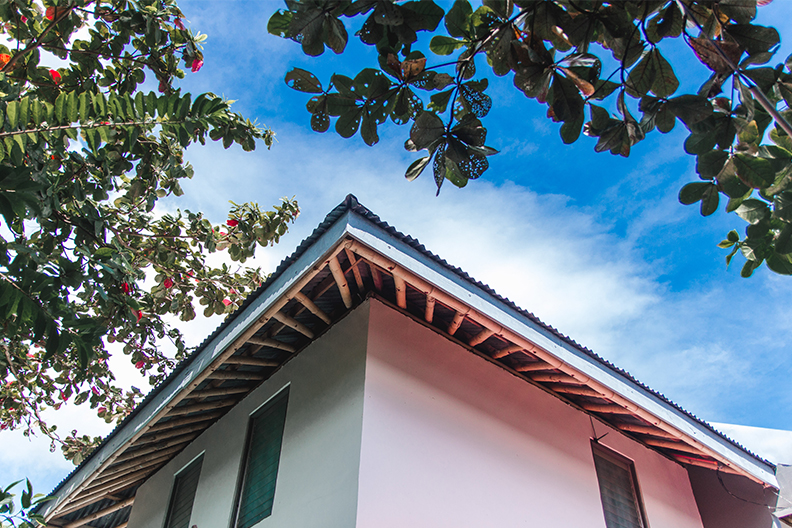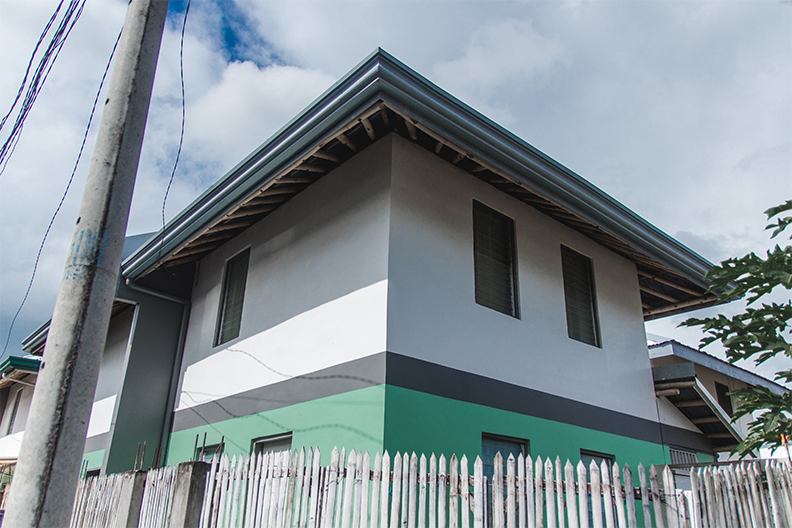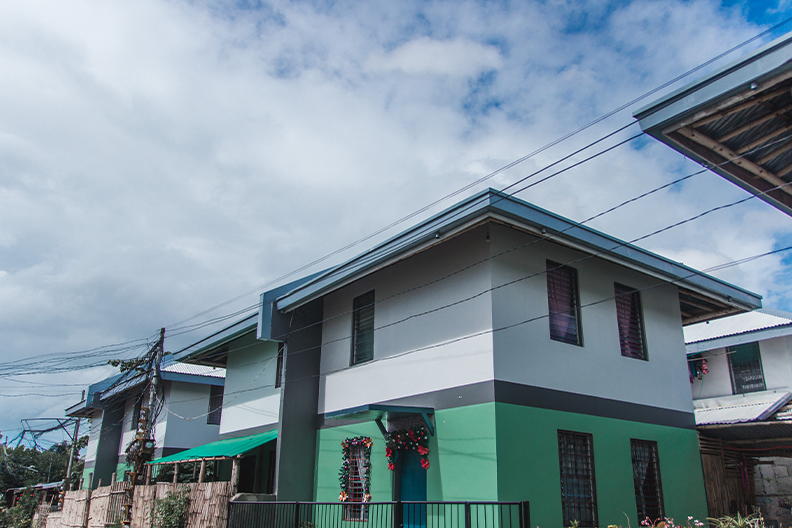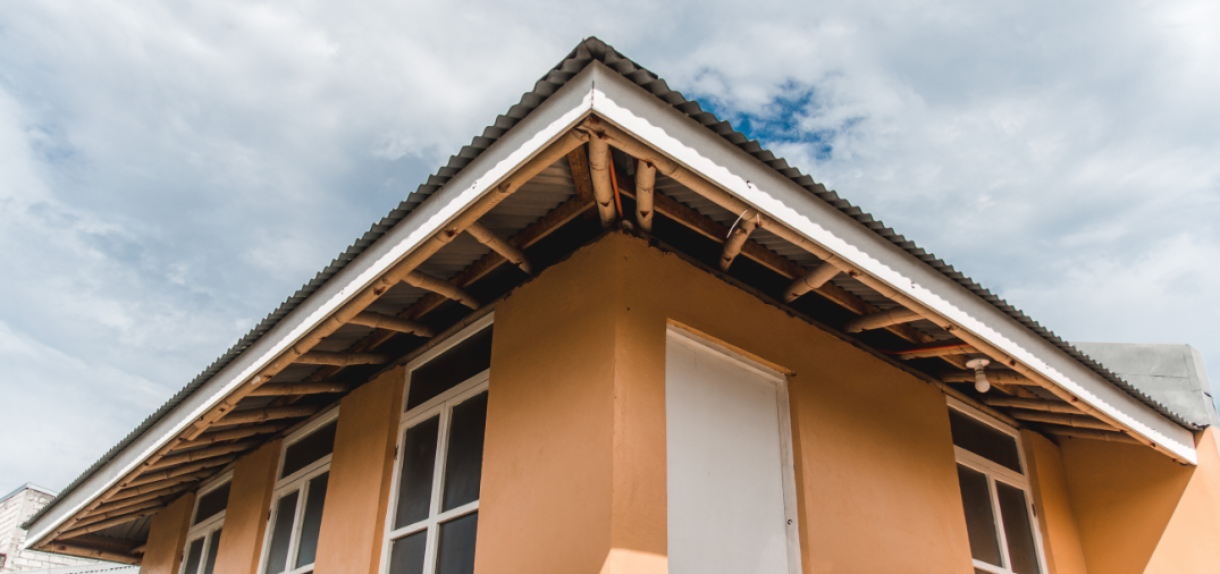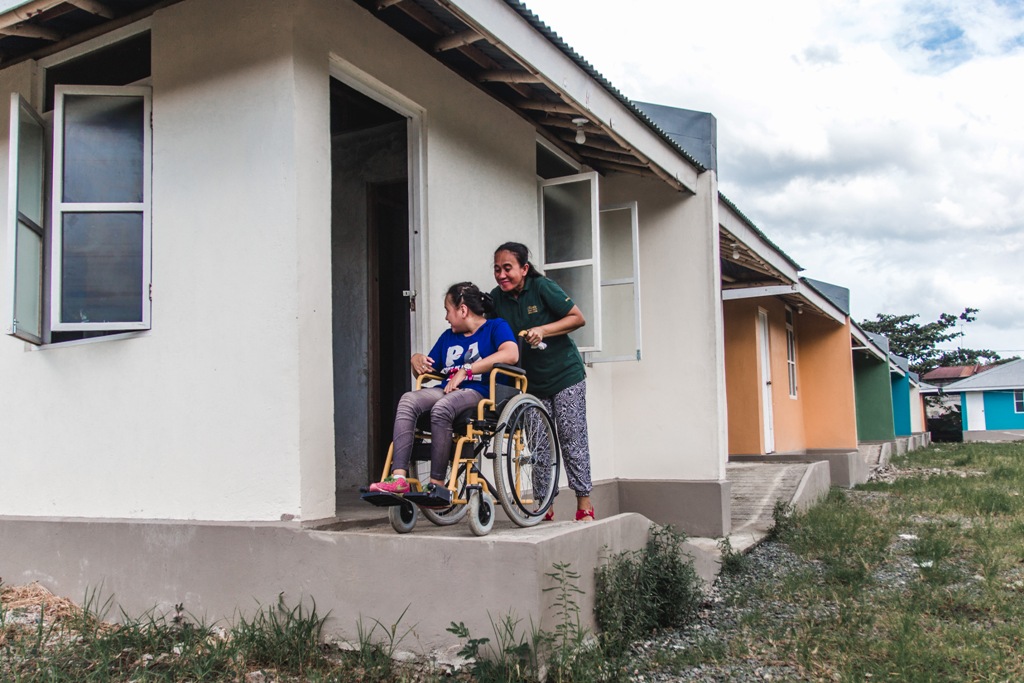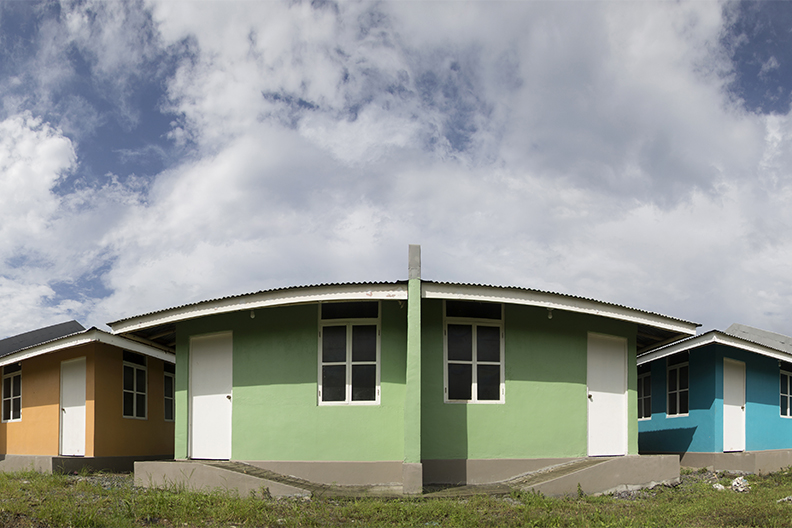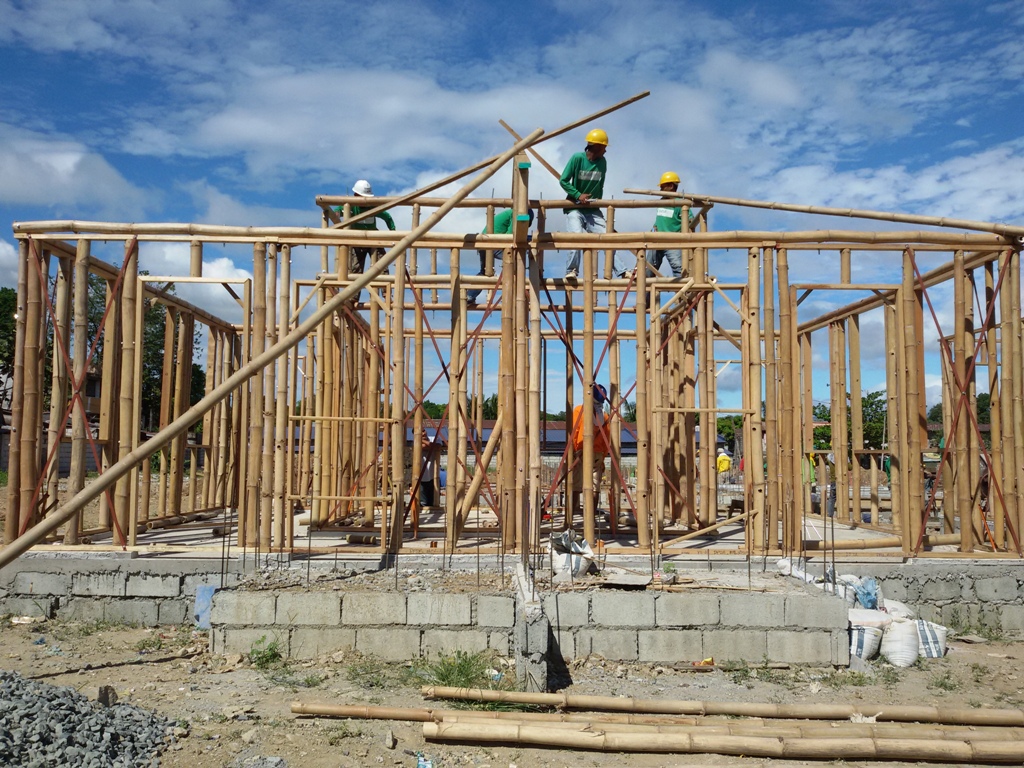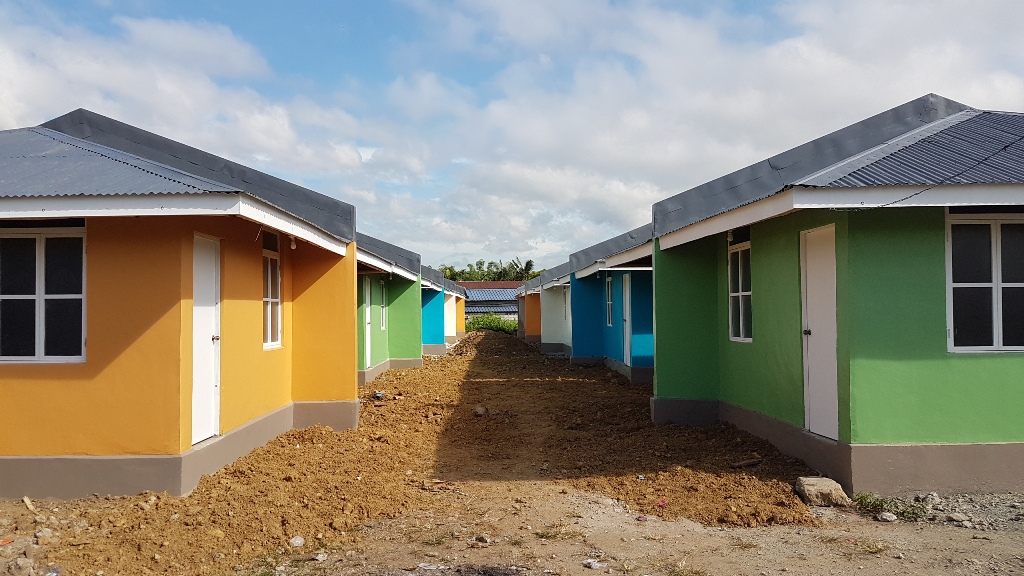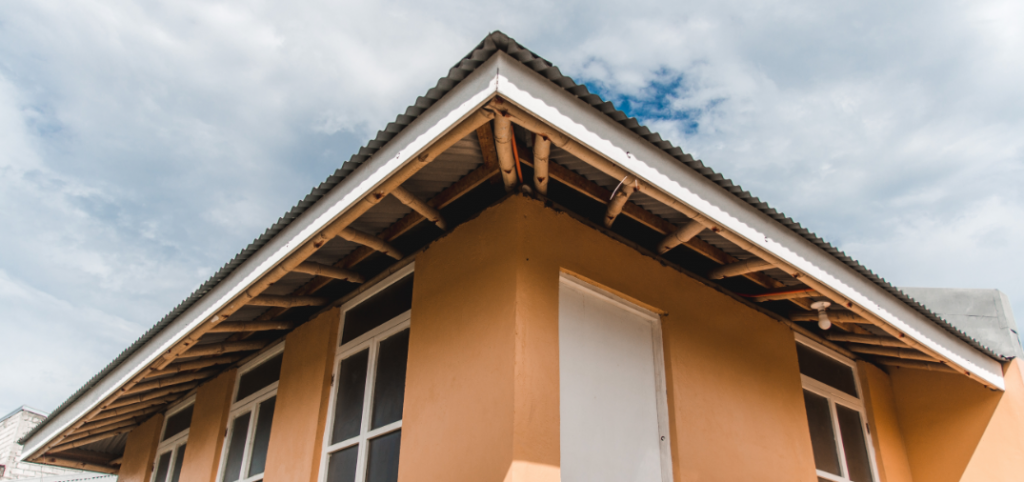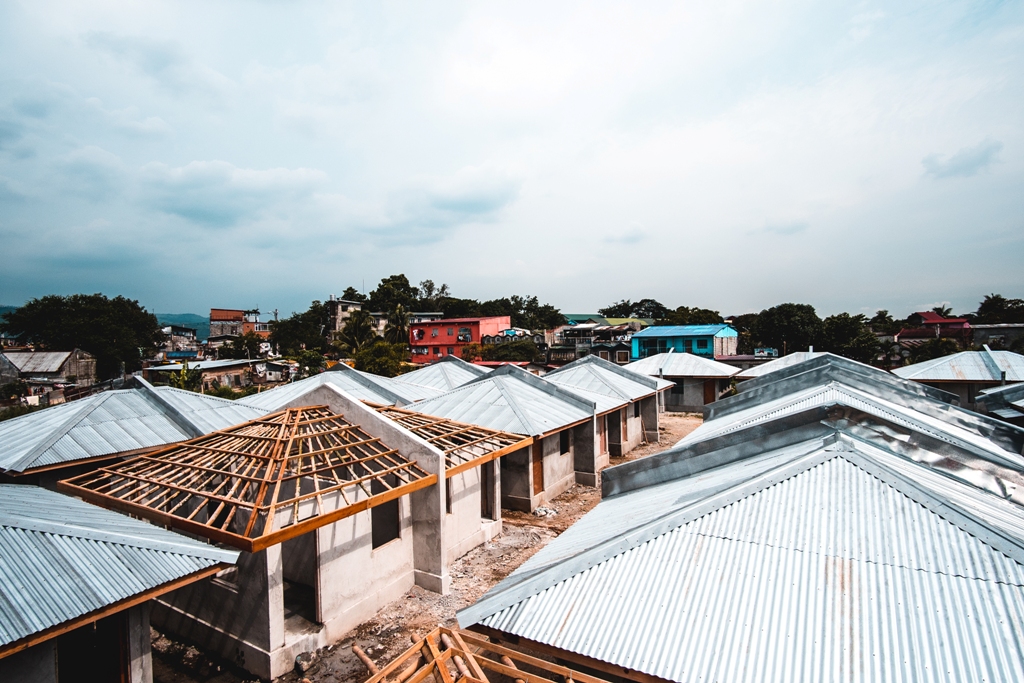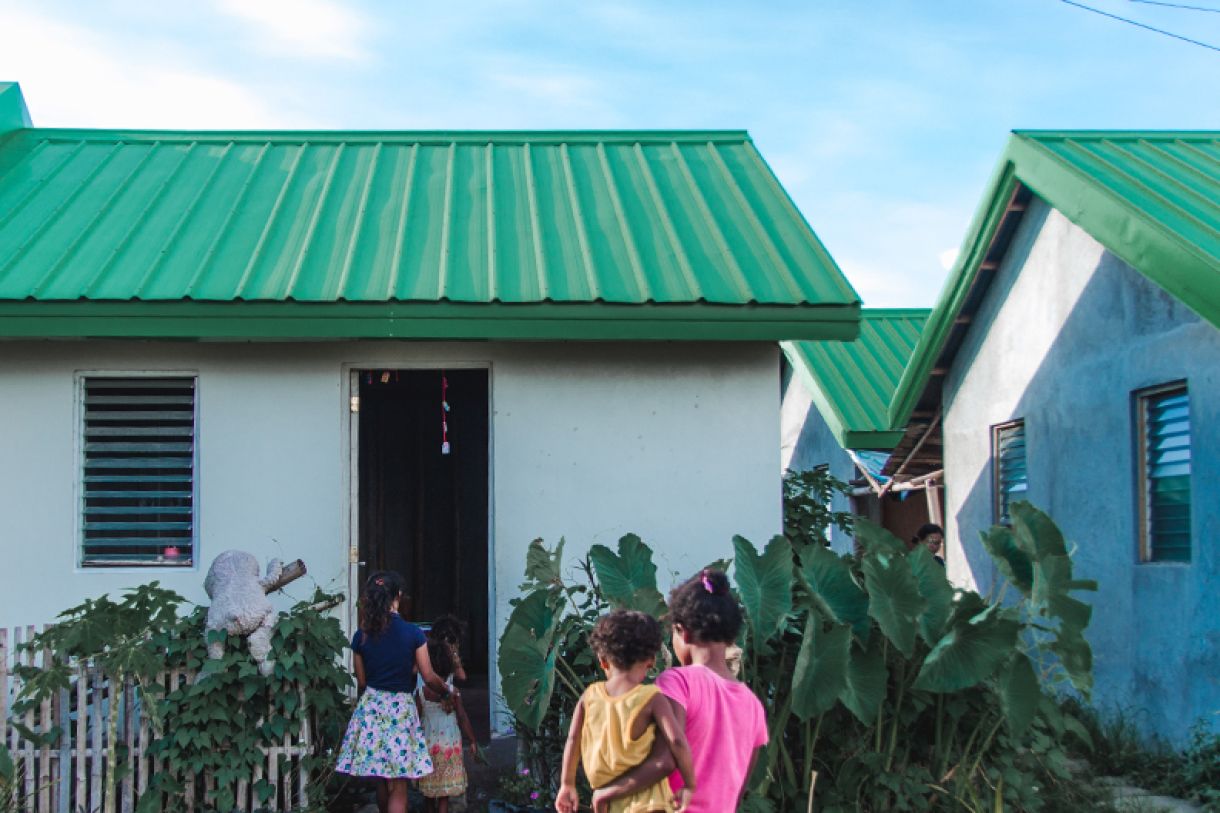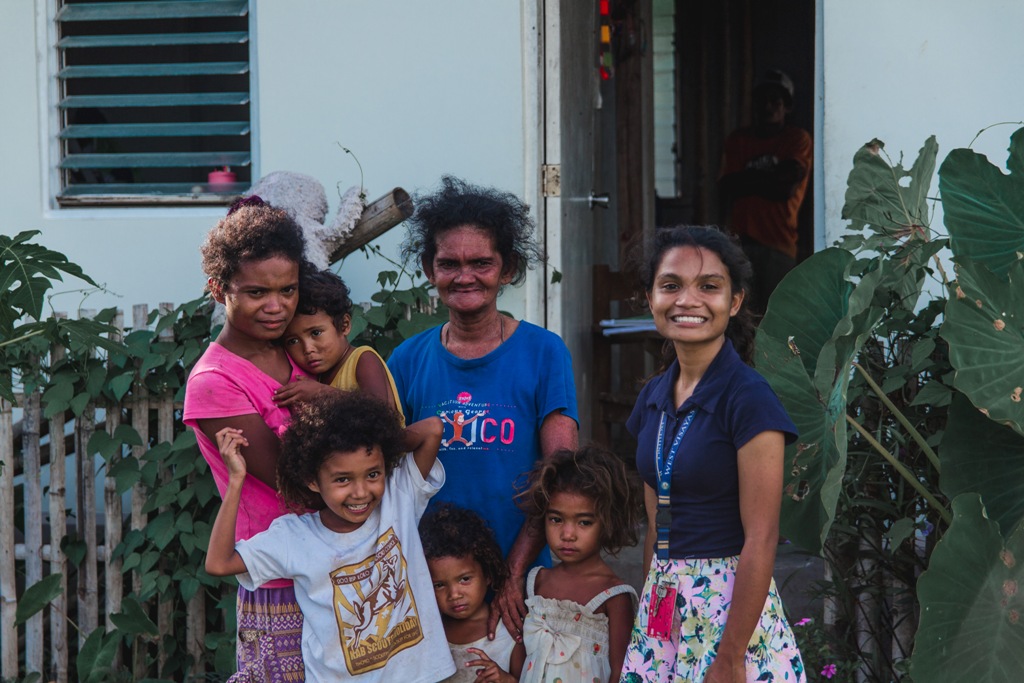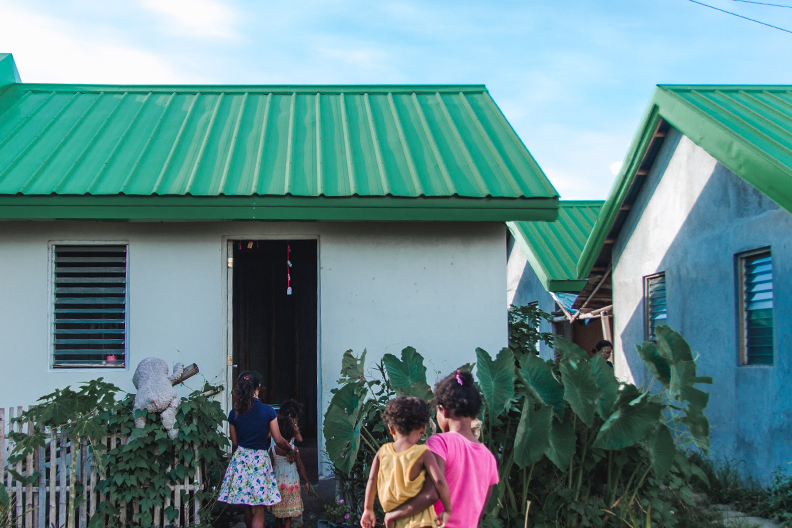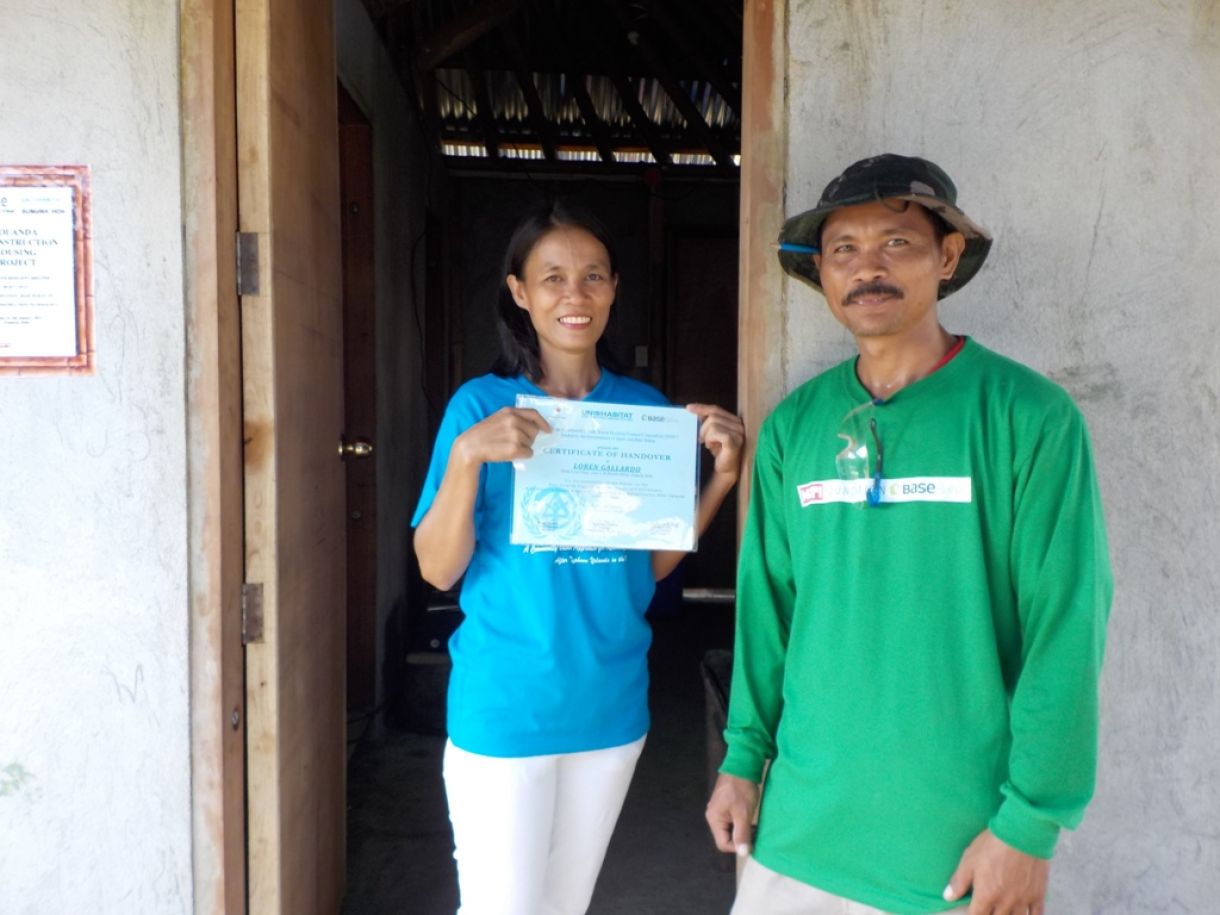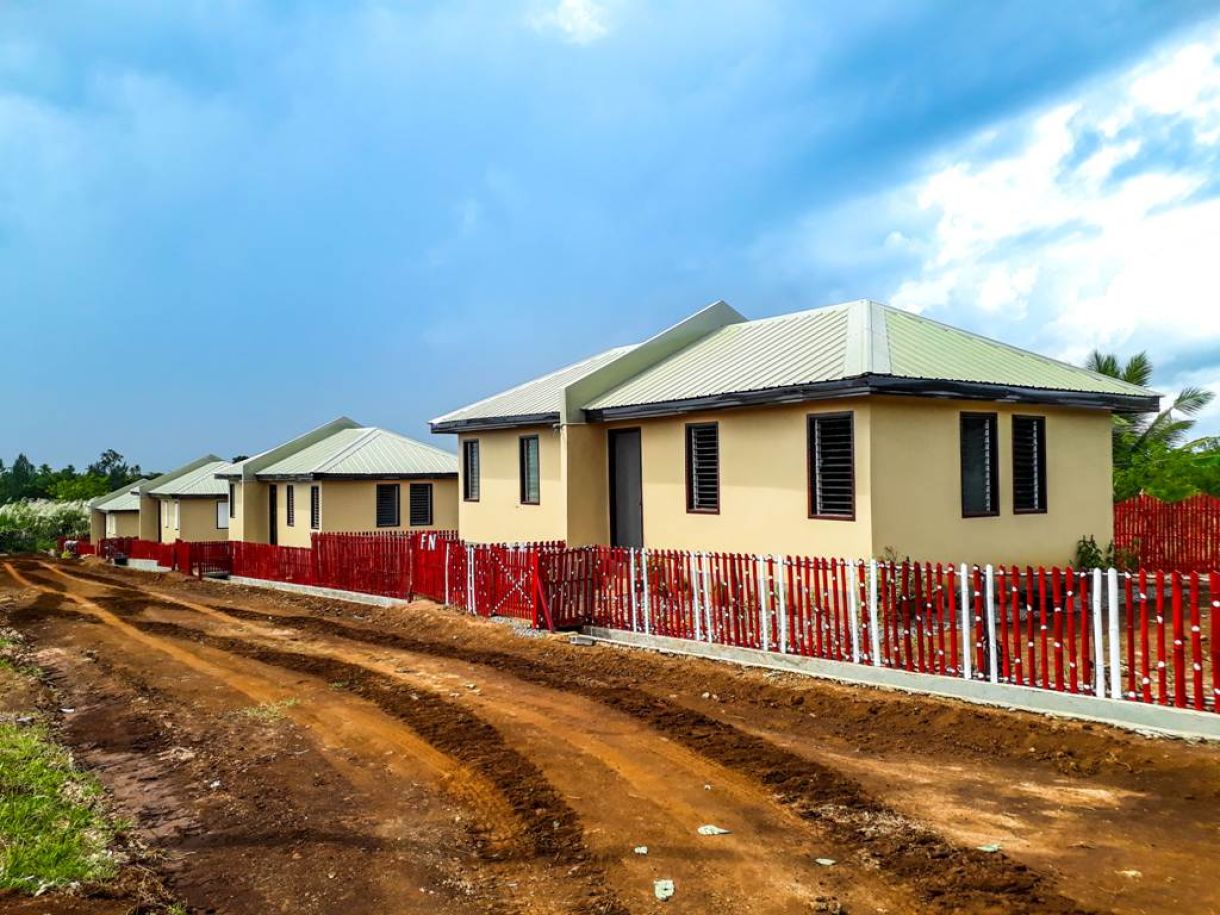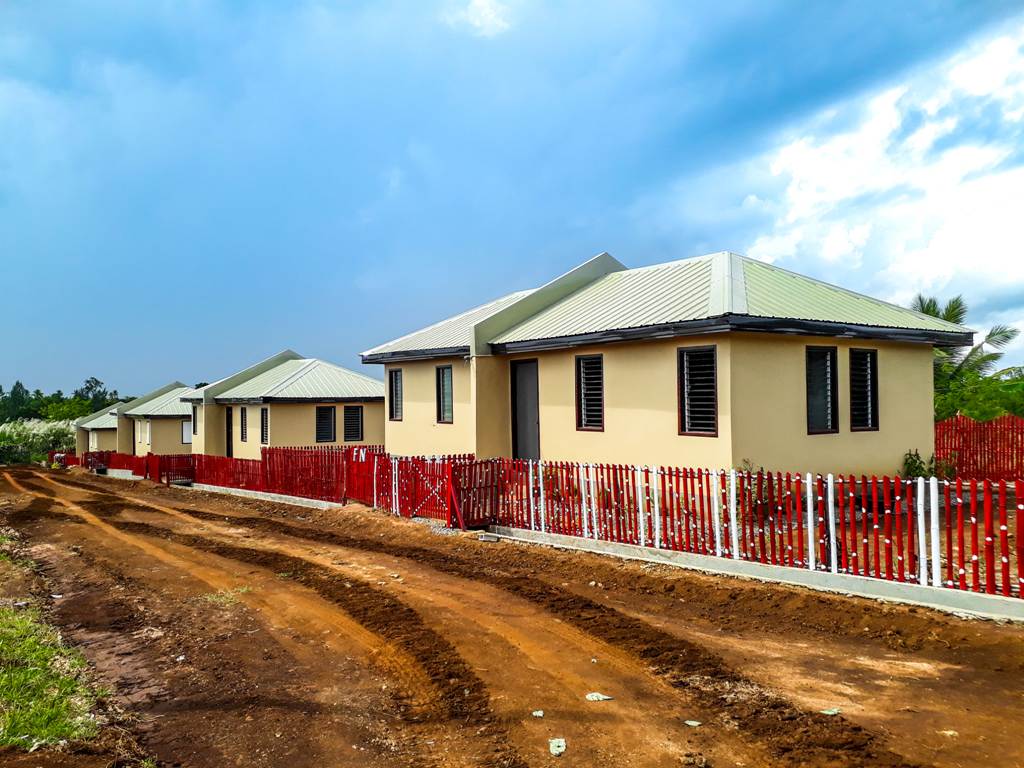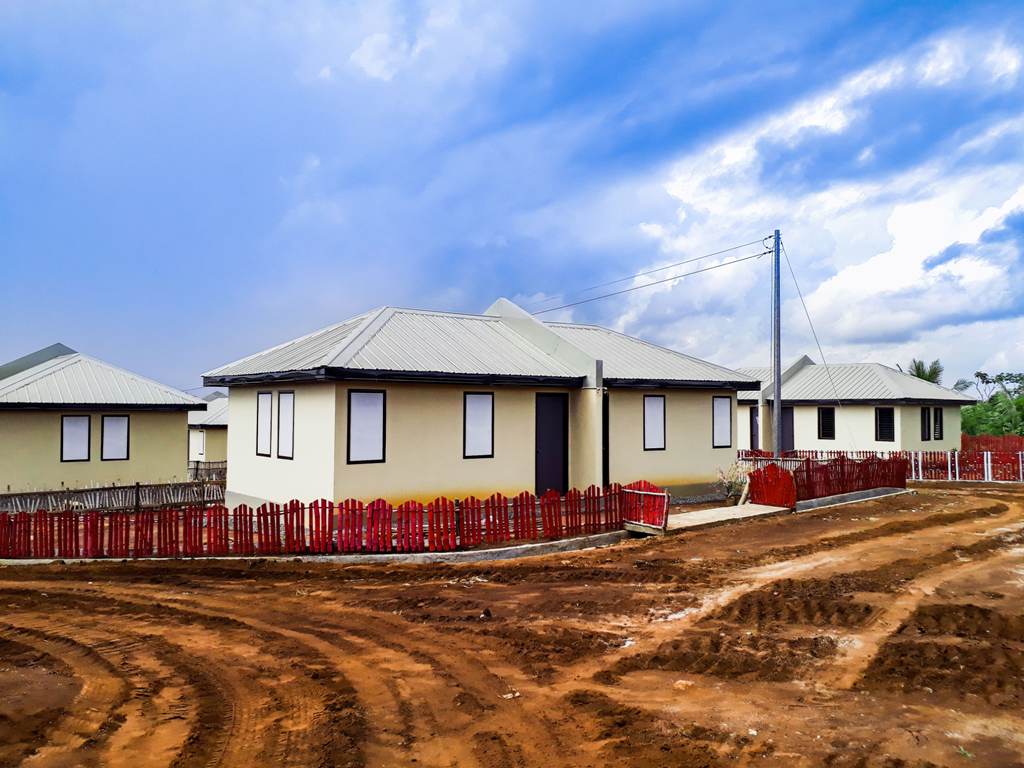The adjoining barangays of Payatas and Bagong Silangan are two of the most densely populated areas in North Quezon City, with fast-growing high risk slum settlements subsisting near dumpsites, creekside, under-bridge and other danger zones. Among these disadvantaged urban poor populations are a good number of families with children of varying disabilities, or elderly family members. Survival becomes doubly challenging for these families needing to look after vulnerable members. Mothers would generally sacrifice the time to earn a living just to be able to attend to the special needs of children with disabilities or elderly relatives. Fathers or other siblings are left to fend for the families, while generally struggling to earn modest income.
This is a major reason that forges the partnership among VMSDFI, Hilti Foundation and Base Bahay to collaboratively build twenty five 50 residential housing units in the Bagong Silangan site. These one story duplex houses can accommodate 50 families from high risk settlements. Beneficiaries for the said housing are families having children/ person with disabilities or elderly, single parents and their children, families living along danger zones or disaster prone areas and elderly as head of the family or whose grandchildren are in his/her care.
VMSDFI, Hilti Foundation, and Base Bahay are also taking this opportunity to promote the use of alternative, eco-friendly, gender sensitive and affordable houses for poor people by using bamboo. The implementers subscribe to the same value that the future of housing as well as that of Mother Earth lies in the use of alternative construction materials.
The vision is to provide these homeless families access to decent and safe shelter as entry point towards building ‘resilient, self-sustaining and caring community. While staying in the village, the families will be organized and supported through collective participation in welfare and community driven projects. The objective is to make them ready and capable of going mainstream to eventually acquire a house and lot of their own after their maximum transit occupancy.
PROJECT BENEFICIARIES
Hilti Foundation in partnership with VMSDFI will be constructing twenty five (25) units one story residential houses using bamboo as a primary construction material. The beneficiaries of the said project will be the poorest families of informal settlers, particularly those with children with disabilities (or other vulnerable members) living along high risk areas or danger zones in Payatas and Bagong Silangan.
Criteria for shortlisting
- Families living along danger zones or disaster prone areas.
- Families having children/ person with disabilities or elderly.
- Elderly as head of the family or whose 2-3 grandchildren are in his/her care.
- Single parent as head of the family with at least 2 children.
RESULTS
50 houses (25 single-storey duplex units) built in an easy-access area
250 individuals sheltered
Job Creation equivalent to 20 man years
25 people trained on bamboo carpentry and masonry
7,500 bamboo used in the construction
Savings of 350 to 600 tons CO2 equivalents

